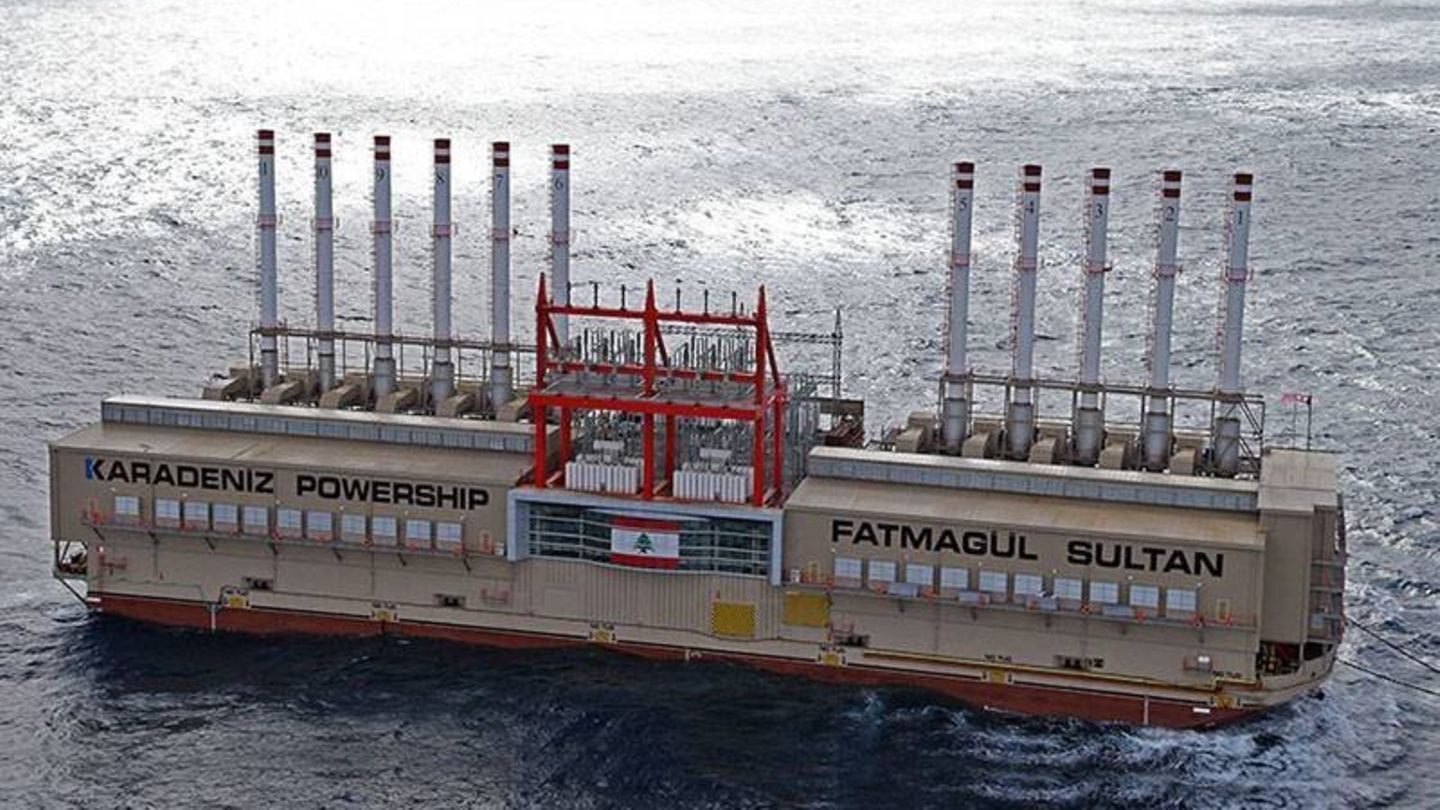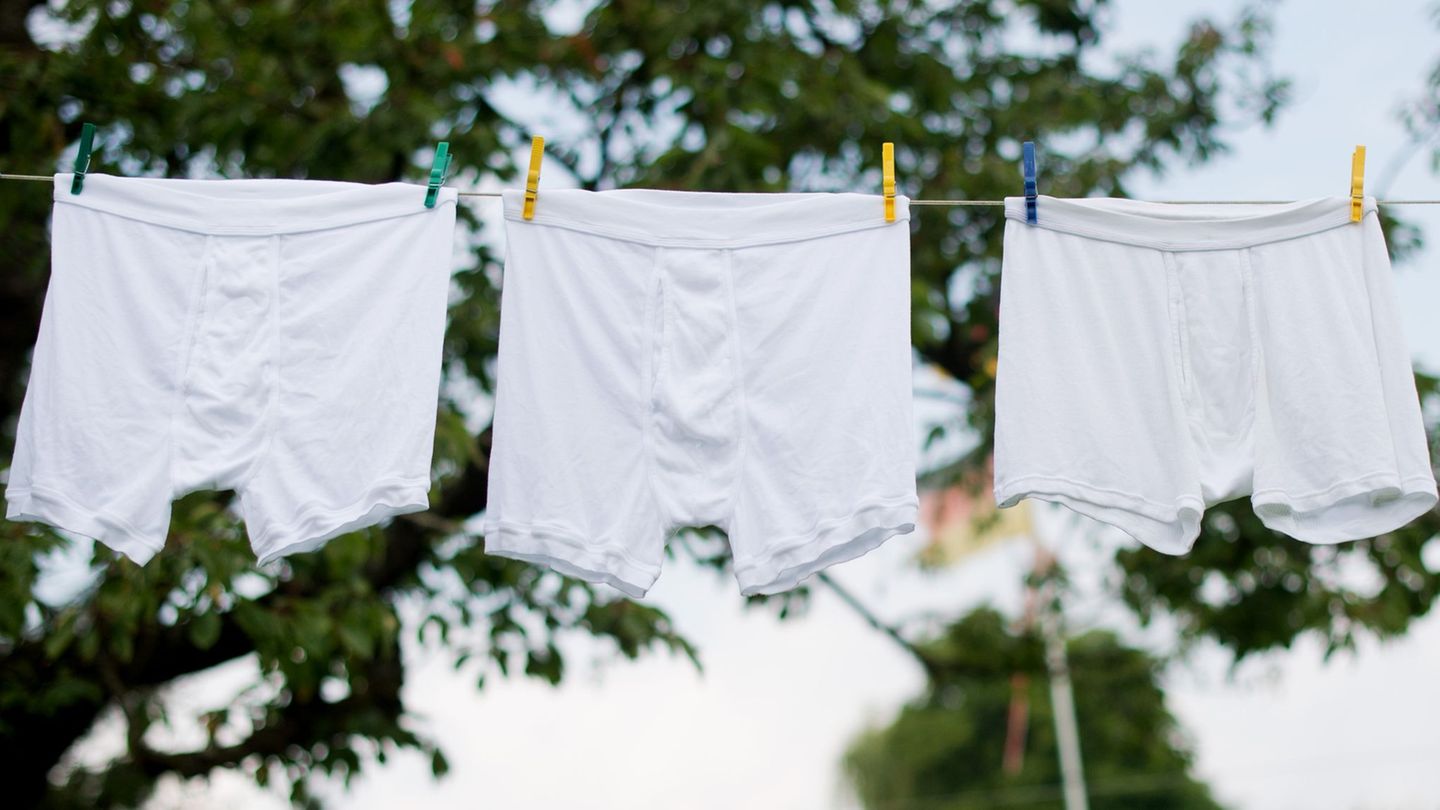They are often used in third world countries where there is no functioning power grid: so-called power plant ships or power barges. Now they should help in this country to secure the power supply in the coming winter. At least in the north.
The Emsland nuclear power plant is to be taken off the grid as planned at the end of the year – and not, if necessary, help to secure the energy supply in winter like the other two remaining nuclear reactors in southern Germany. This is what emerges from the plans of the Federal Ministry of Economics based on the second energy stress test. The reason for the sorting out of the nuclear power plant in Lingen, Lower Saxony, is given in a ministry paper that “less risky instruments” in northern Germany [als die Atomkraft, Anm. d. Red.] could be used, namely “additional oil power plants in the form of power plant ships, so-called ‘power barges'”.
These power plant ships are usually power plant blocks that can be mounted on floating pontoons or suitable rafts or ships and brought to the required locations. Most of these locations are ports or stretches of coast where there is (additional) energy demand or where a supply gap is to be closed. advantage of Floating Power Barges In addition to being flexible in use, the main advantage is that they can also be set up where there is no suitable space for power plants and the construction of new, stationary plants cannot be financed.
Power ships already in use worldwide
The technology has been tried and tested, is in use worldwide and is not only suitable for smaller supplies. New York, for example, has also been supplied by power barges in the Upper Bay off Brooklyn for 50 years. The world market leader Karpowership, part of the Turkish Karadeniz Holding, states that it currently has 25 power plant ships in operation in eleven regions of the world. Countries such as Guinea Bissau or Sierra Leone are therefore supplied with 80 to 100 percent by Turkish powerships. Most of the power plants are operated by gas turbines, which is out of the question in view of the gas shortage in Russia. Floating heavy oil, diesel and even nuclear power plants are also operated. Biofuels should also be possible. German suppliers of power barges include Siemens and RWE.
There is usually a need in developing countries, but in view of the uncertain supply situation caused by the Ukraine war, power barges could also be used more frequently in Europe in the future. In order to replace a nuclear power plant such as the Emsland nuclear power station with a capacity of around one gigawatt, two power plant ships, each capable of delivering 500 megawatts, are likely to be needed. According to experts, there is currently a leasing market for such ships with a total capacity of ten gigawatts. According to estimates, around 75 power barges are available worldwide, Karpowership guarantees that its ships are said to be operational within 60 days. The Ministry of Economic Affairs has not yet commented on where the ships that are to replace the nuclear power plant in Lingen should come from. It should be important for the government: According to experts, it is a plug-and-play concept. Once in place, the floating power plants should be ready to use immediately.
Nuclear phase-out law requires the use of lower-risk technology
The ships are operated by energy companies, and their use has not been worthwhile in Germany so far. This only changed with the rise in electricity prices. According to experts, the CO2 emissions from two floating oil power plants would be counterproductive for climate protection. However, the nuclear phase-out law stipulates that lower-risk technologies must be used if they are available, according to the Ministry of Economic Affairs.
Sources: ; ; ;
Source: Stern
David William is a talented author who has made a name for himself in the world of writing. He is a professional author who writes on a wide range of topics, from general interest to opinion news. David is currently working as a writer at 24 hours worlds where he brings his unique perspective and in-depth research to his articles, making them both informative and engaging.




